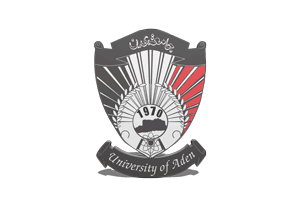THE EFFECT OF BREED AND SEASON OF CALVING ON THE COMPONENTS OF COW'S MILK
DOI:
https://doi.org/10.47372/ejua-ba.2024.1.328Keywords:
Breed, Season, Milk componentsAbstract
This study aimed to determine the effect of breed and season on the average percentage of fat, protein, total and non-fat solids, and pH. This study was carried out on the Al-Wali cattle breeding farm located in the Ja’oulah area, Aden Governorate, during the period from 2020-2022 AD, where two breeds of dairy cows were selected. Friesian and Ayrshire puppies are similar in their first month of birth and their milk production. The results of this study show that there is no significant effect at the level (p ≤ 0.0 5) of the breed on the percentages of cows’ milk components, except for a significant effect of the breed on the percentage of non-fat solids, as the highest percentage of non-fat solids was recorded in Ayrshire cows, which amounted to 8.21%. The lowest percentage was 8.05% in Friesian cows, also, the results show that there is a significant effect of the season on the values of fat, protein, total solids and non-fat solids and pH for the two breeds, as the moderate season recorded the highest percentage for each of fat, protein and pH amounting to 3.32%, 3.13% and 5.84 respectively, while the cold season recorded the highest percentage of total and non-fat solids, 11.72 and 8.46%, respectively. The results of the current study also indicated that the lowest value was recorded during the hot season for fat, protein, total substances, and pH, which amounted to 11.03. 2.71, 2.93 and 5.61%, respectively, while the lowest value for the percentage of non-fatty substances was in the moderate season, which amounted to 7.68%. When comparing the interactions between breed and season, it is observed that there is a significant effect at the probability level (p ≤ 0.0 5), as it was noted that the highest percentage of fat recorded in Ayrshire cows in the moderate season amounted to 3.32%, with high significant differences compared to the rest of the interactions that recorded the lowest percentage of fat in the season. The hot rate was 2.76% in Friesian cows. It was also found that the largest and smallest protein percentages were recorded in Friesian cows during the moderate and hot season, with large significant differences with all interactions amounting to 3.14 and 2.80%, respectively. It was also found that the highest value for the total solids percentage was recorded in the season. The cold value of Friesian cows amounted to 11.72%, compared to the lowest value recorded in the hot season for the same breed, which amounted to 10.61%. It is noted that the interaction had a significant effect, as the Ayrshire cow breed excelled, as it recorded the highest value of non-fat content and pH in the moderate season, amounting to 8.27 and 5.91%. Respectively, compared to the rest of the interactions for the Friesian cow breed, which recorded the lowest value during the hot season, amounting to 7.26 and 5.47%, respectively.
Downloads
Downloads
Published
How to Cite
Issue
Section
License

This work is licensed under a Creative Commons Attribution-NonCommercial 4.0 International License.










